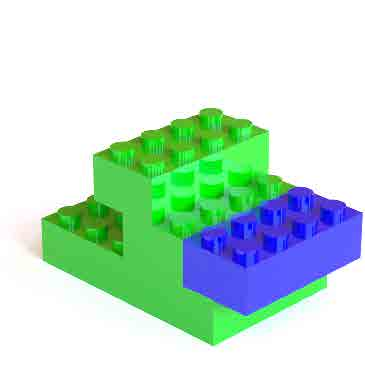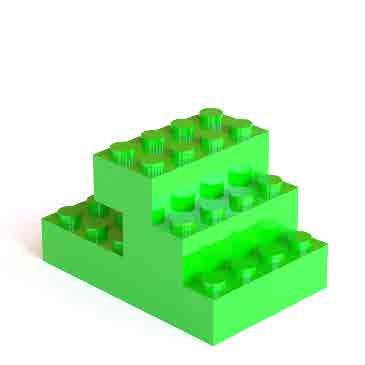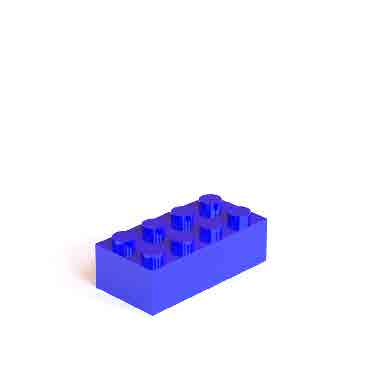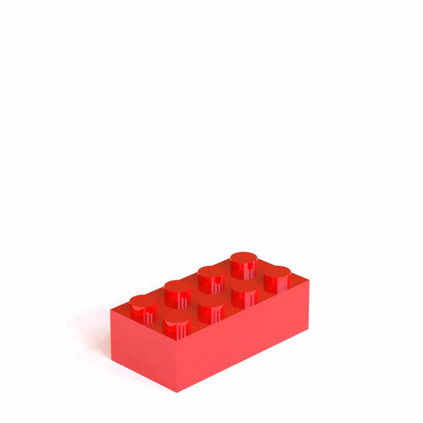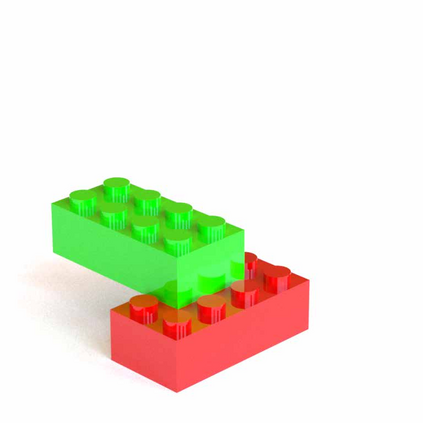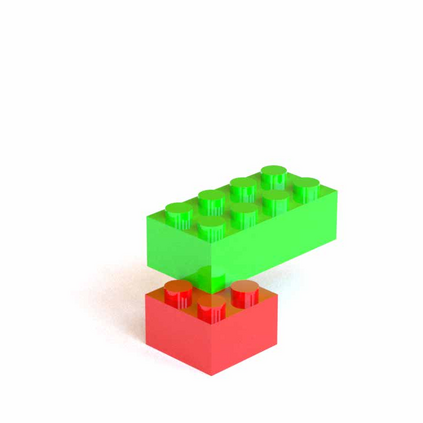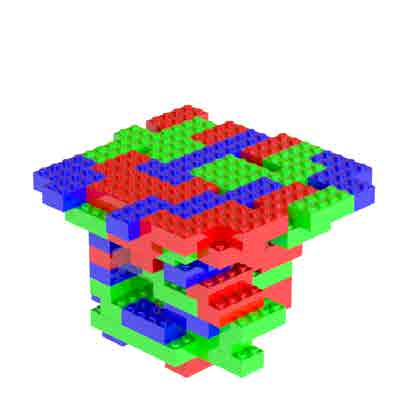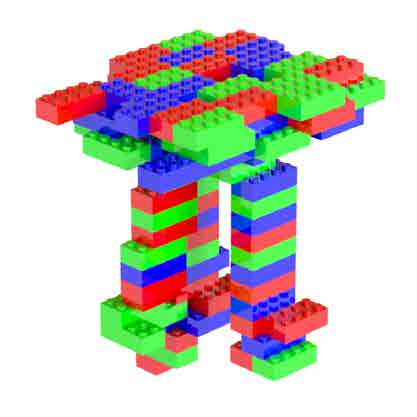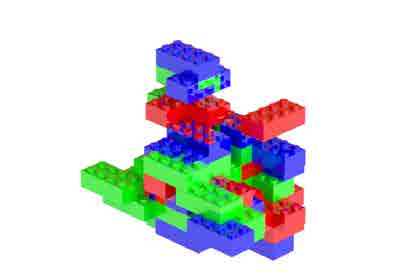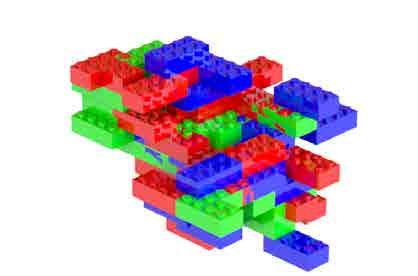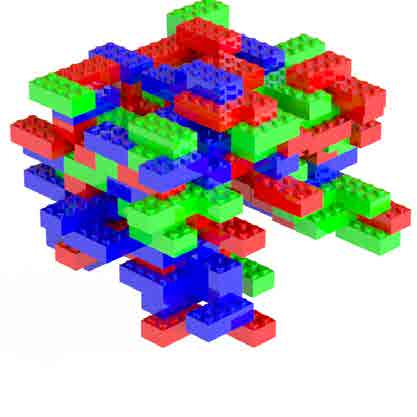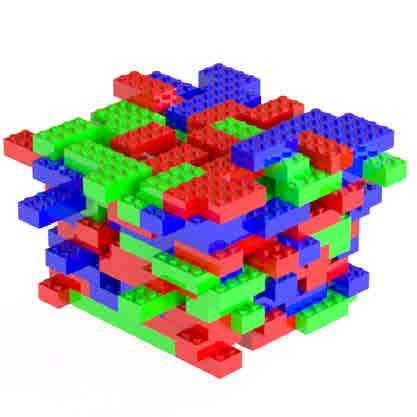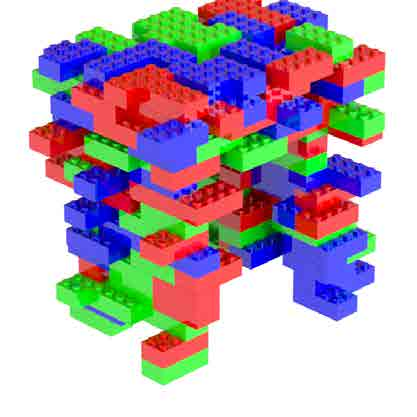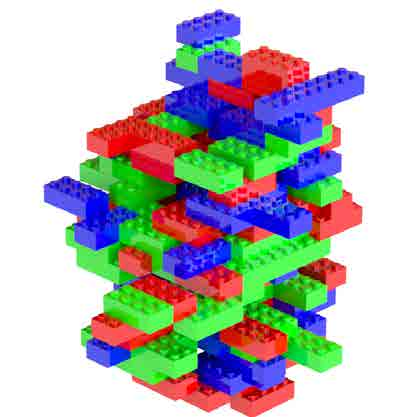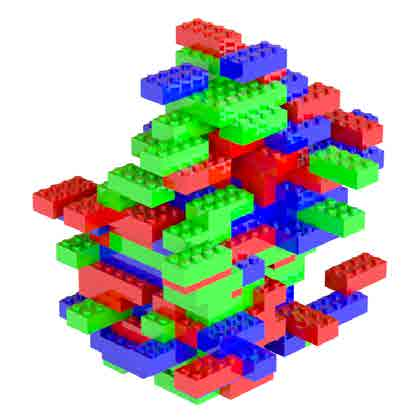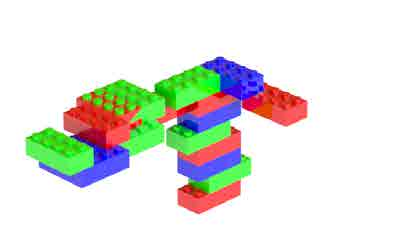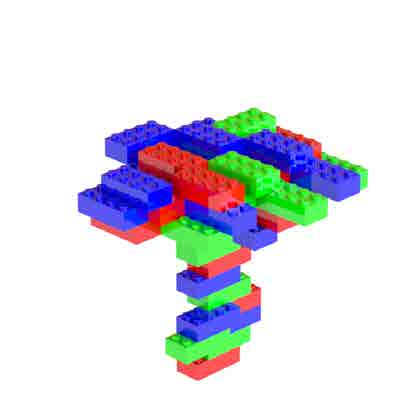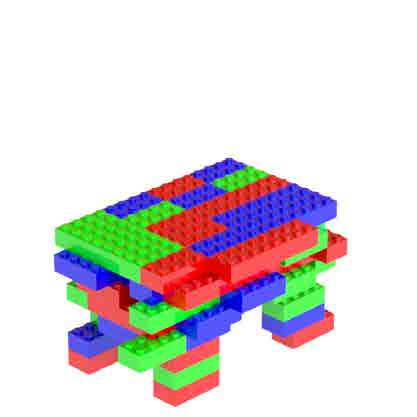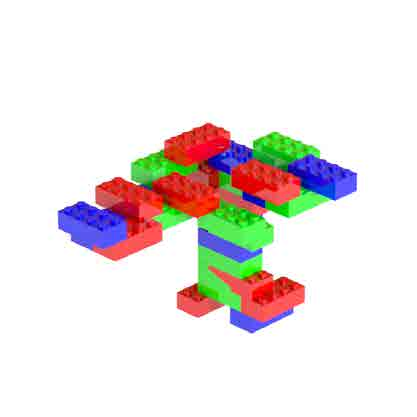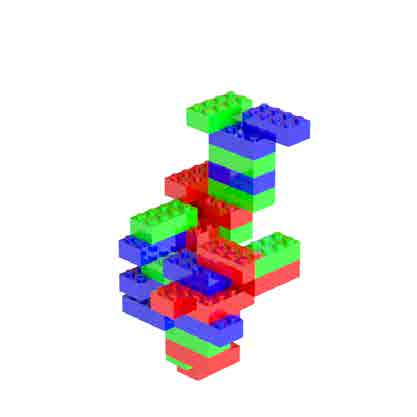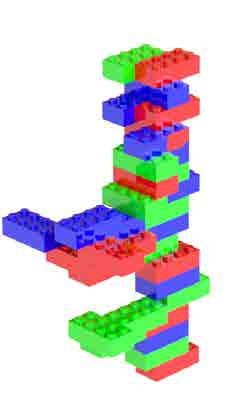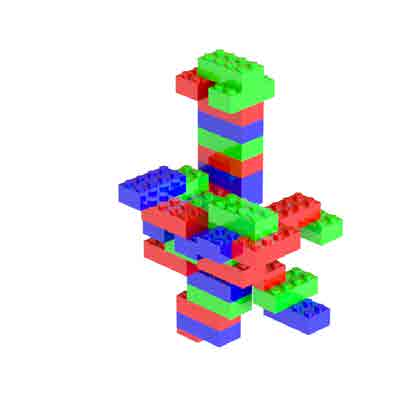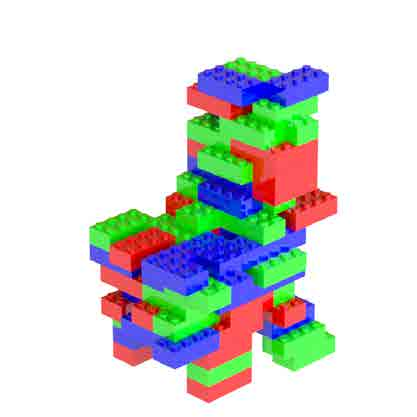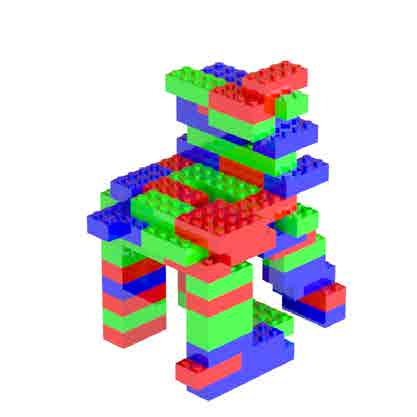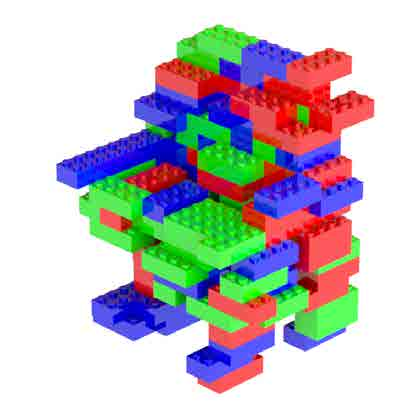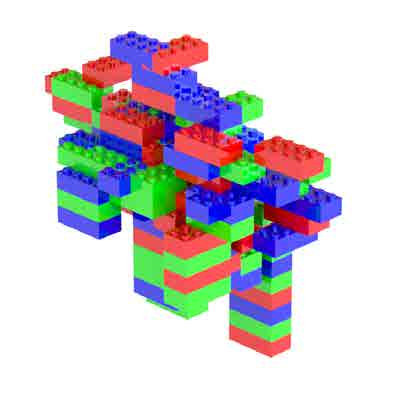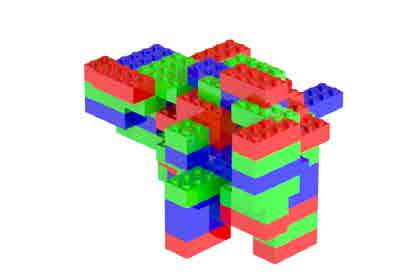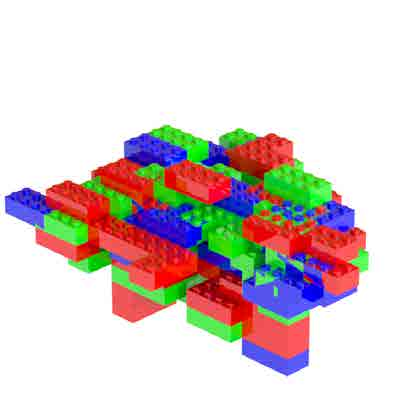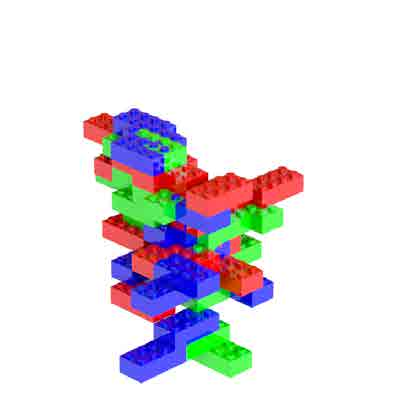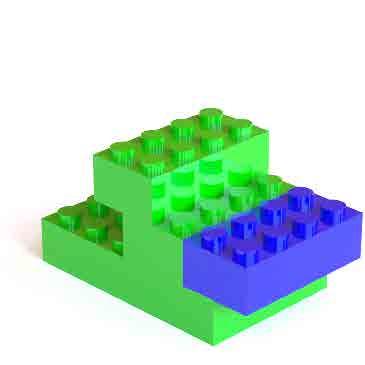We address the problem of generating a sequence of LEGO brick assembly with high-fidelity structures, satisfying physical constraints between bricks. The assembly problem is challenging since the number of possible structures increases exponentially with the number of available bricks, complicating the physical constraints to satisfy across bricks. To tackle this problem, our method performs a brick structure assessment to predict the next brick position and its confidence by employing a U-shaped sparse 3D convolutional network. The convolution filter efficiently validates physical constraints in a parallelizable and scalable manner, allowing to process of different brick types. To generate a novel structure, we devise a sampling strategy to determine the next brick position by considering attachable positions under physical constraints. Instead of using handcrafted brick assembly datasets, our model is trained with a large number of 3D objects that allow to create a new high-fidelity structure. We demonstrate that our method successfully generates diverse brick structures while handling two different brick types and outperforms existing methods based on Bayesian optimization, graph generative model, and reinforcement learning, all of which are limited to a single brick type.
翻译:我们处理生成一系列具有高度不忠结构的LEGO砖块组装,满足砖块之间的实际限制的问题。 组装问题具有挑战性, 因为可能的结构数量随着可用砖块的数量而成倍增加, 使实际限制变得复杂, 从而解决砖块的交叉问题。 为了解决这个问题, 我们的方法是进行砖块结构评估, 通过使用 U 形状的稀疏三维共变网络来预测下一个砖块位置及其信任度。 卷式过滤器以可平行和可缩放的方式有效地验证物理限制, 允许处理不同的砖块类型。 为了生成一个新结构, 我们设计了一个抽样战略, 通过考虑在物理限制下安装的位置来确定下一个砖块位置。 我们的模型不是使用手工制作的砖块组数据集, 而是用大量3D 对象来训练, 从而能够创建新的高不适度结构。 我们证明我们的方法成功地生成了不同的砖块结构, 同时处理两种不同的砖块类型, 并且超越了基于巴伊西亚最优化、 图形化模型和强化学习的现有方法, 所有这些方法都局限于单一的砖块类型。

